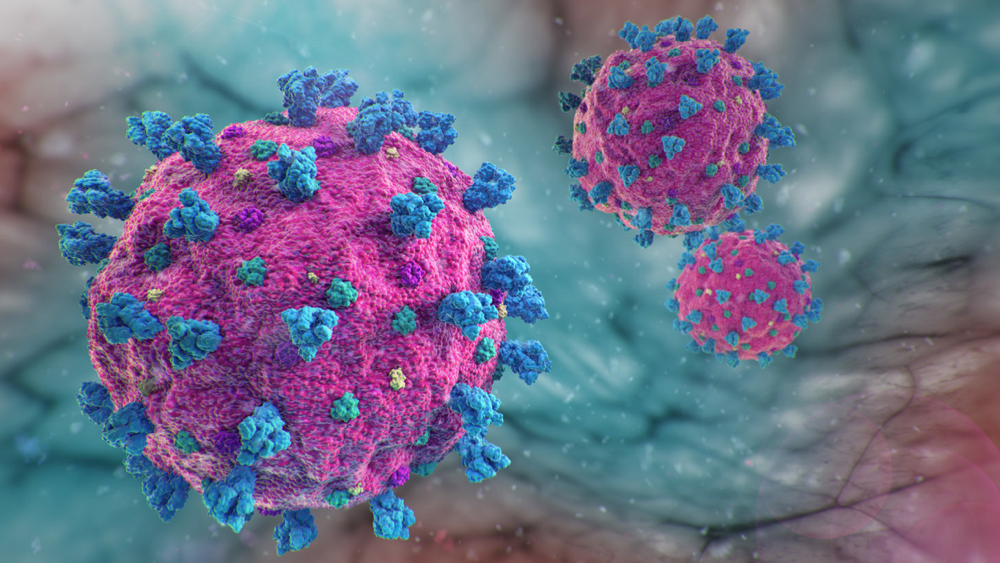COVID-19-related disseminated leukoencephalopathy an important differential in patients with neurologic manifestations
 Using brain MRI, clinicians at the Perelman School of Medicine at the University of Pennsylvania found that COVID-19-related disseminated leukoencephalopathy is an important differential consideration in patients with neurologic manifestations of coronavirus disease. The open access article was published in the American Journal of Roentgenology (AJR).
Using brain MRI, clinicians at the Perelman School of Medicine at the University of Pennsylvania found that COVID-19-related disseminated leukoencephalopathy is an important differential consideration in patients with neurologic manifestations of coronavirus disease. The open access article was published in the American Journal of Roentgenology (AJR).
The authors retrospectively examined 2,820 patients with COVID-19 admitted to their institution between March 1 and June 18, 2020. Among them, 59 (2.1%) underwent brain MRI; three (5.1%) had known white matter lesions from multiple sclerosis, 23 (39.0%) had white matter lesions of small vessel ischemic disease, six (10.2%) had acute infarcts, four (6.8%) had subacute infarcts, four (6.8%) had chronic infarcts, one (1.7%) had abnormal basal ganglia signal from hypoxemia, two (3.4%) had microhemorrhage in association with chronic infarcts, and two (3.4%) had microhemorrhage associated with acute or subacute infarcts.
Colbey W. Freeman and colleagues from the University of Pennsylvania wrote, "Increasingly effects of COVID-19 on the brain are being reported, including acute necrotizing encephalopathy, infarcts, microhemorrhage, acute disseminated encephalomyelitis, and leukoencephalopathy.
Six patients (10.2%; four women, two men; age range, 41-86 years) had neuroimaging findings suggestive of CRDL – “characterized by extensive confluent or multifocal white matter lesions (with characteristics and locations atypical for other causes), microhemorrhages, diffusion restriction, and enhancement,” Freeman et al. explained. Hypertension (4/6, 66.7%) and type 2 diabetes mellitus (3/6, 50.0%) were common comorbidities.
Reiterating that no established criteria exist for defining CRDL, "our patients had white matter lesions atypical for other causes," as well as "involvement of the bilateral middle cerebellar peduncles and corpus callosum," the authors concluded.
The authors also reported finding T1 hypointense signal reminiscent of the black holes associated with these lesions, possibly representing axonal loss. Two-thirds of the patients had microhemorrhage, potentially related to thrombotic or hypoxemic microangiopathy.
Related Articles
Citation
COVID-19-related disseminated leukoencephalopathy an important differential in patients with neurologic manifestations. Appl Radiol.
February 19, 2021